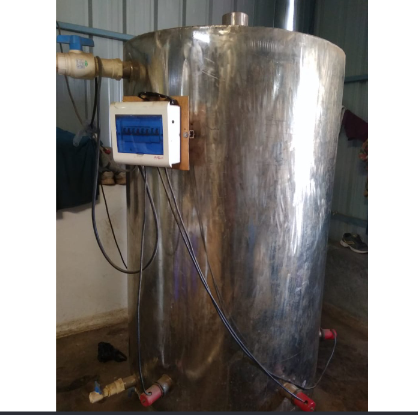Evoperator
ECOAGULATION RAIN WATER HARVESTING
www.ecoagulationtechnology.in
MATERIALS
– SS 304
– ELECTRIC HEATER – 3 Kw
– RO REJECT WATER EVAPORATE
Evaporators are commonly used to concentrate foods by using heat to evaporate water from the food. As the liquid is concentrated, its boiling point is elevated. Using low pressure, boiling of liquid foods (such as juices) is carried out at low temperatures and the heat labile food attributes are preserved. Different types of evaporators are used in the food industry including batch-type, natural circulation, rising-film, falling-film, rising/falling-film, and agitated thin-film evaporators. Heat and mass balances are used in calculations to design single- and multiple-effect evaporators. Steam economy gives an indication of the process efficiency. Vapor recompression systems such as thermal recompression and mechanical vapor recompression are useful in minimizing energy use.
Description
Batch evaporators are generally limited to materials that are not heat sensitive, such as sugar or saline solutions. The small heat exchange area contributes to long residence times. Heat transfer can be improved by using a series of tubes to increase the interfacial area between the liquid food and heating medium. One evaporator with a long history is the short tube evaporator. A bundle of tubes, in the order of 5 cm in diameter and 3 m long, extends across a vertical chamber. The product naturally circulates up through the tubes, then down through a central “downcomer” pipe. Steam is circulated around the heating tubes. Water vapor from the boiling product escapes at the surface of the liquid. Residence times in short tube evaporators are still relatively long, so these types of evaporators are used only occasionally in the concentration of sugar cane juice or in salt processing.





